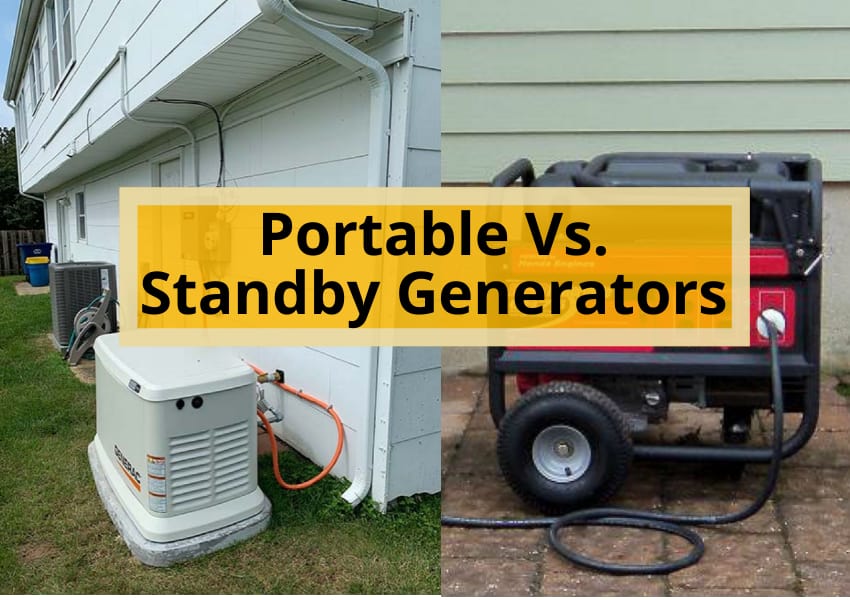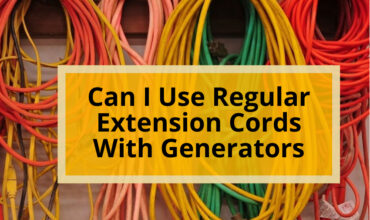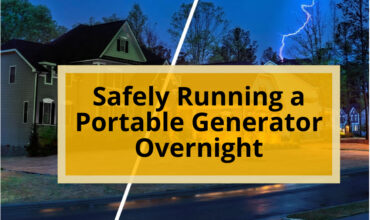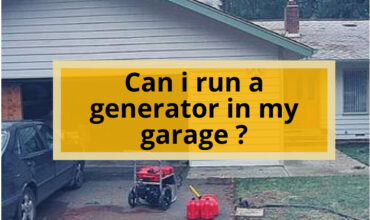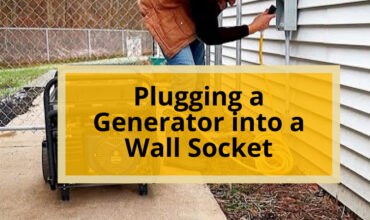In times of power outages, having a reliable backup generator is a crucial investment. However, with the abundance of options available in the market, choosing the right type of generator can be a daunting task. Two popular types of generators are portable and standby, each with its unique features and benefits.
In this article, we will provide a comparative analysis of portable vs. standby generators, focusing on three key factors: power output, convenience features, and weather protection.
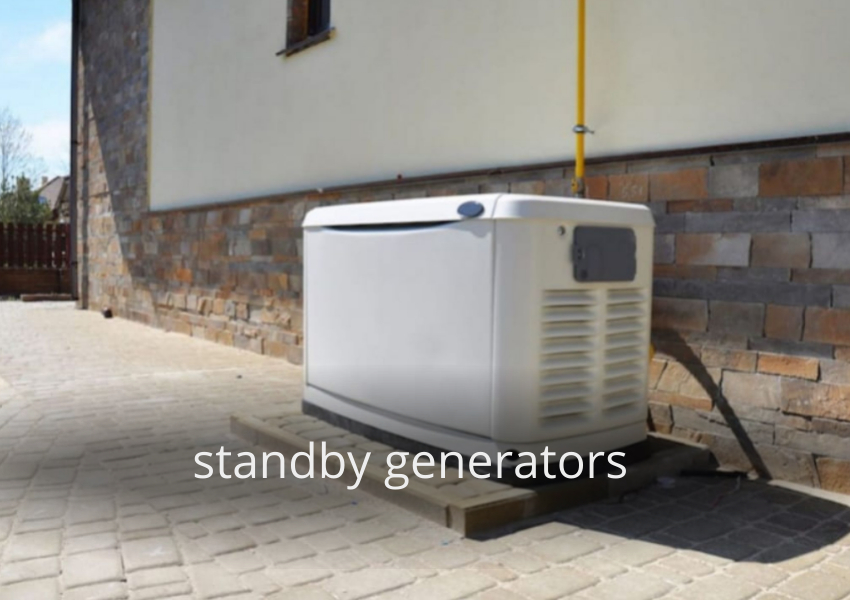
Power Output
In terms of power output, portable generators produce less power than standby generators, as stated in the pre-existing knowledge. This is due to their smaller size and reliance on gasoline as fuel, which limits their capacity to generate electricity.
Portable generators are designed to provide temporary power for small appliances and electronics, such as camping gear or tailgating equipment, rather than for sustained use during power outages.
Another factor that affects power output is fuel efficiency. Portable generators tend to require more frequent refueling compared to standby generators, which can operate for days or even weeks on a full tank of natural gas or propane.
In addition, portable generators are generally noisier than standby generators due to their smaller engines and lack of insulation. This can be a concern for those who live in densely populated areas or who need to use their generator for extended periods of time.
also read : Power Up Your Home: Generator Tips & Fuel Facts
Convenience Features
Convenience features vary between the two types of generators.
Standby generators are permanently installed and automatically activated during power outages, making them the more convenient option. There is no need for manual starting, and homeowners can rest assured that their generator will kick on within seconds of a power outage. Additionally, standby generators run on natural gas or propane, which means they do not require refueling. This feature ensures that homeowners do not have to worry about running out of fuel during an extended power outage.
On the other hand, portable generators require manual starting, which can be inconvenient, especially during inclement weather. Additionally, to protect the generator from outdoor elements, homeowners must provide shelter or store the generator indoors when not in use. However, some portable generators come equipped with remote control features, which can add an element of convenience.
Finally, fuel efficiency is an essential consideration when choosing a portable generator. These generators tend to be less fuel-efficient than standby generators and may require more frequent refueling, which can be inconvenient during an extended power outage.
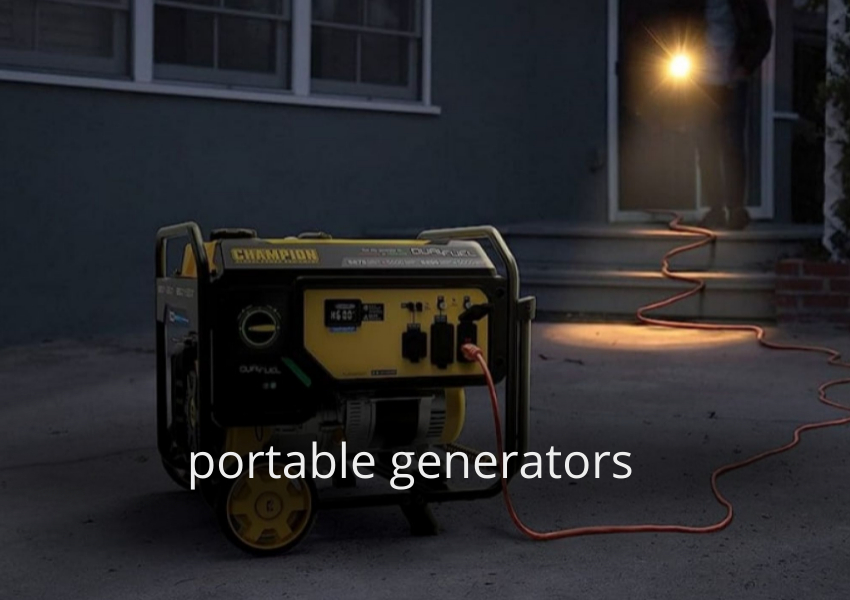
Weather Protection
Weatherproof housing is a feature that allows standby generators to operate for extended periods during inclement weather conditions. Standby generators are designed with insulated and weatherproof housing that protects the internal components from outdoor elements such as rain, snow, and wind.
This feature is essential, especially during extreme weather conditions where power outages are common. The generator’s housing ensures that the internal components remain dry and free from damage caused by outdoor elements. This feature provides a level of outdoor durability that is not available in portable generators.
In addition to outdoor durability, the weatherproof housing on standby generators reduces maintenance requirements. The housing protects the internal components from dust, debris, and moisture, reducing the likelihood of breakdowns and the need for repairs. The housing also eliminates the need for frequent maintenance and cleaning, which is often required for portable generators that are exposed to outdoor elements.
Therefore, standby generators are a more reliable and low-maintenance option, especially for homeowners who live in areas that experience frequent power outages.
Frequently Asked Questions
What kind of maintenance do standby generators require?
Generator upkeep is essential for optimal performance and longevity. Maintenance tips for standby generators include regular oil changes, battery inspections, and air filter replacements. It is recommended to have a professional technician conduct routine maintenance to ensure proper operation during power outages.
Are there any safety concerns when using a portable generator?
Generator safety tips for portable generators include keeping them outdoors, away from open windows and vents, and avoiding overloading them. Portable vs. standby: pros and cons should also be considered, with standby generators being a safer and more reliable option during power outages.
How long does it take to install a standby generator?
The installation timeline of a standby generator varies depending on the size and complexity of the project. Generally, it can take between one to three days to install, and requires professional electrical and plumbing requirements to ensure proper functioning.
Can a portable generator be used indoors?
Using a portable generator indoors poses significant risks to the occupants due to carbon monoxide emissions. Proper ventilation and outdoor use are essential for indoor safety when using a portable generator.
How much does a typical standby generator installation cost?
The average cost of a standby generator installation is $4,500 to $12,000, depending on the size and complexity of the system. Homeowners should consider these expenses when budgeting for a backup power supply.
